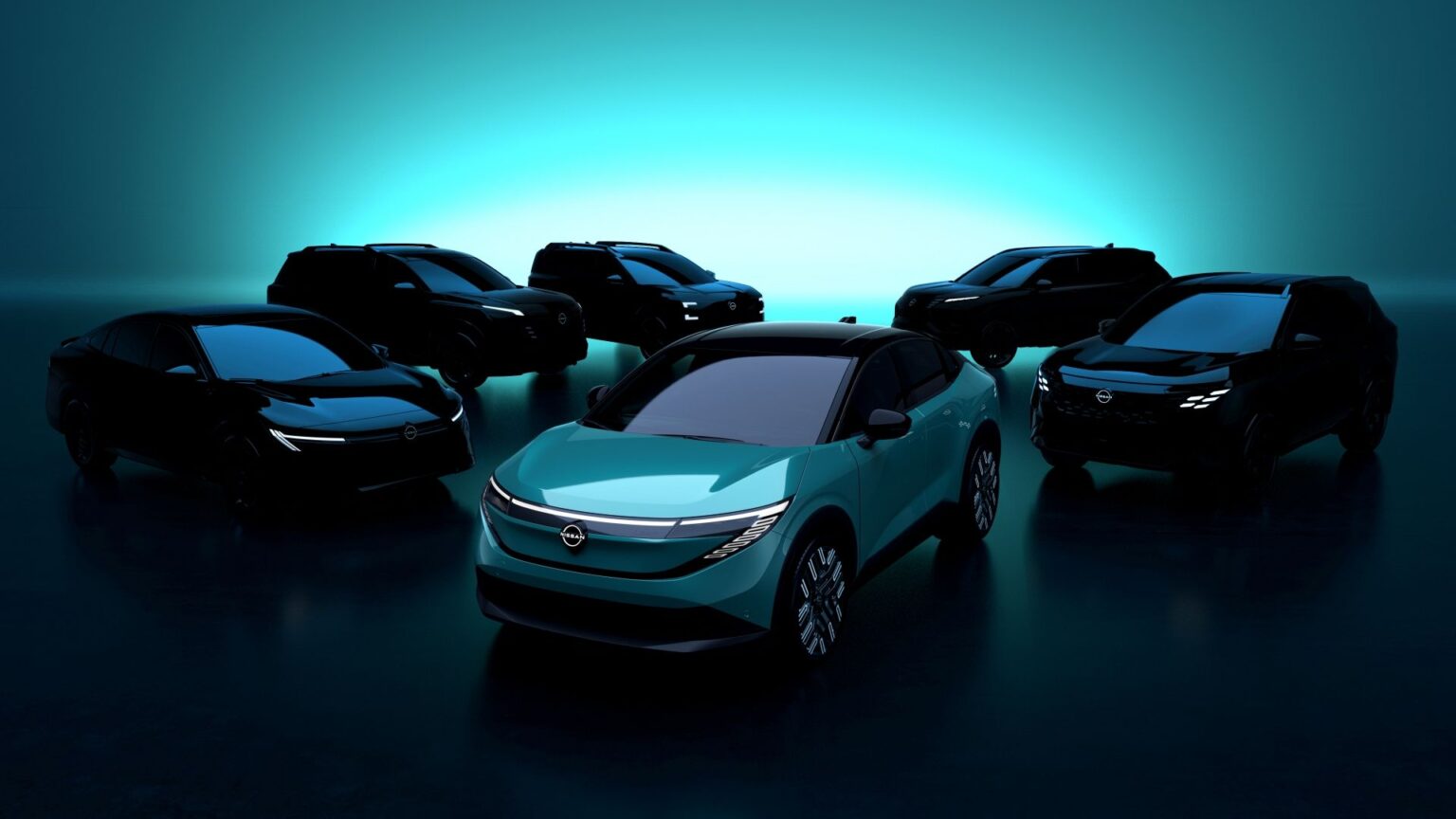You may have been reading lately that Nissan has been a bit under the weather. They just swapped CEOs, and Nissan, despite being ahead of the curve with EVs and the creation of the Leaf, got caught flat-footed with America’s slower adoption of EVs and a taste instead for hybrids. All that’s promised to change based on a reveal of, by our count, at least six new or refreshed products in the next two years. That starts with the desperately needed new Leaf, about which, here’s what we know.
Debuted in 2010 — The Leaf is Reborn for 2026
The biggest news about the new Leaf is that it’s landing on the Nissan Ariya platform, and is based loosely on the previously released Chill Out Concept. That’s massive, because while Nissan didn’t share any information about pricing, we doubt very much the plan is to make their bargain EV that currently starts at just under $30,000 into a $45,000 Ariya.
But if, as it appears, the next-generation Leaf is a downsized Ariya in a roughly Kicks/Rogue tweener crossover scale, that’s very good news for Nissan.
First, it means that a segment of EV buyers who’ve basically been given only the choice between either the Hyundai Kona EV or the Volkswagen ID.4, will likely get a third affordable option—at least until GM reintroduces the Chevy Bolt.
New Leaf, Who Dis?
A lot of what the Ariya can presently do, the Leaf can’t. This starts with range. Nissan hasn’t revealed that yet, but according to the EPA, the maximum range Leaf is a mere 212 miles, which makes the aging compact a nonstarter vs. the ID.4 (up to 291 miles) or the Kona EV (up to 261 miles). We’d guess that by moving to Nissan’s more compact, more efficient new X-in-1 electric powertrain—which shrinks the entire drivetrain while also making it a lot more thermally efficient—they’ll gain desperately needed range.
It’s also plausible that, since the car will be on the Ariya platform, Nissan will offer all-wheel drive, which is also critical to competing in the segment. VW offers that in the ID.4, while the Kona Electric does not. We’d expect Nissan wants this edge, and it also gives them at least a fighting chance against the likes of the Subaru Solterra.
Details We Know
The new Leaf will get options like a panoramic sunroof and will come standard with a NACS charging port, so it can be charged on the Tesla Supercharger network. We’d expect Nissan to throw in at least some sort of sweetener, like a year of public charging, as other carmakers have done.
The Ariya comes in two battery configurations, both with a 63-kilowatt-hour battery and an 87- kilowatt-hour battery. On DC fast charging, the former can recharge from 10 to 80 percent in 35 minutes, and the latter takes 40 minutes for the same feat. Again, we don’t know the exact battery setups Nissan will offer, but we’re expecting similar offerings.
We also don’t know the exact on-sale timing, but we’re expecting to see the 2026 Leaf in the flesh sometime in early summer, so standard timing would mean an on-sale date before the end of 2025. Also, importantly, the Leaf is currently made in Smyrna, Tennessee, so we’d expect that to remain the case.
More Nissans — And Infinitis
Nissan also teased, just a little bit, about more wares to come. That includes, belatedly, a PHEV Rogue for 2026, based on the shared-platform Mitsubishi Outlander plug-in hybrid. There’s also the next-generation Sentra, which is very sorely needed as compact car sales are seeing a resurgence. And then farther out into 2027, the next-generation Rogue, which should also come as a conventional hybrid.
Some time in 2027, Nissan will also expand its EV lineup further (we’d guess as an Ariya-branded variant), with another crossover, with a twin a year later from Infiniti. Nearer term, from Infiniti, there’s a pretty substantial refresh to the QX60 that should be out by summer. Later, a QX 65 crossover coupe will drop.
Nissan also said both the Pathfinder and the QX80 will receive some more subtle updates and packages this year.
TopSpeed’s Take
Nissan very badly needs to advance their agenda across a vast range of products. The core DNA is there, as is engineering. Nissan didn’t forget how to make cars, but they did forget to heed customer whims and to shift when that demand shifted.
FYI: They’re hardly alone. Remember the design missteps at Lexus? The meh-era of the Honda Civic? And a lot of mistakes, for years, at Acura? Don’t get us started with Chrysler et al. Basically, you could list every carmaker in history — and some in the dustbin of history.
Our money is on Nissan recovering, but also, probably, teaming up with some tactical partners. Because they have what, especially, European brands need: U.S. manufacturing capacity. And you can even imagine future partnering and badging efforts in that regard. Hey, if BMW and Toyota can make sports cars together, Nissan and Manufacturer X can co-produce a volume crossover that’s a hit, we have zero doubt.
Read the full article here


